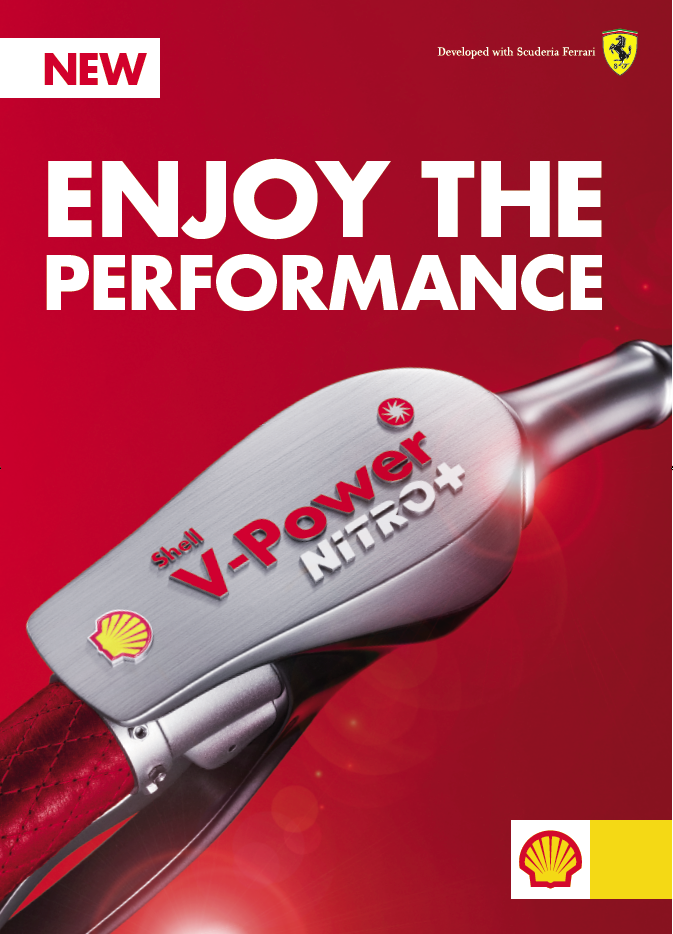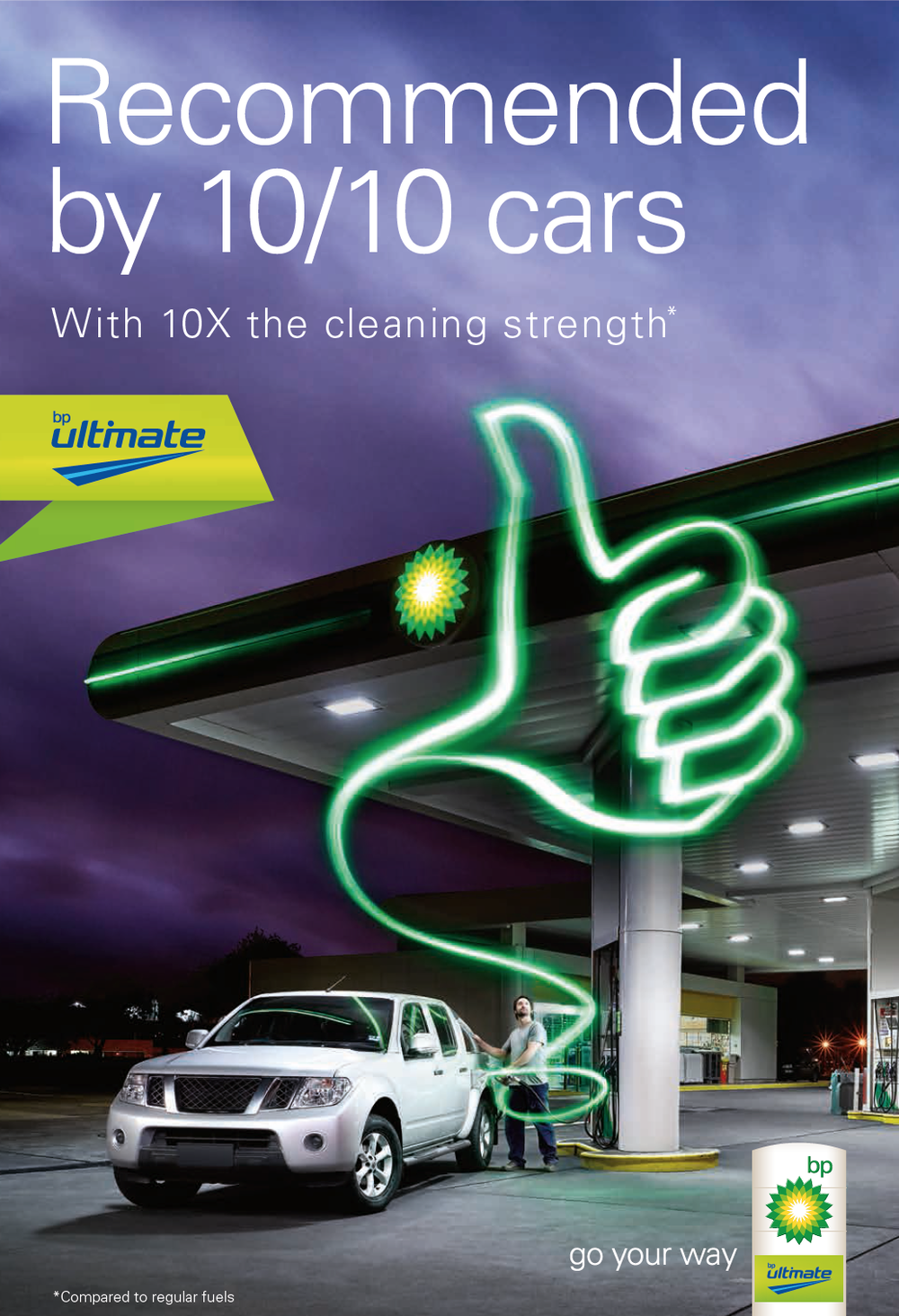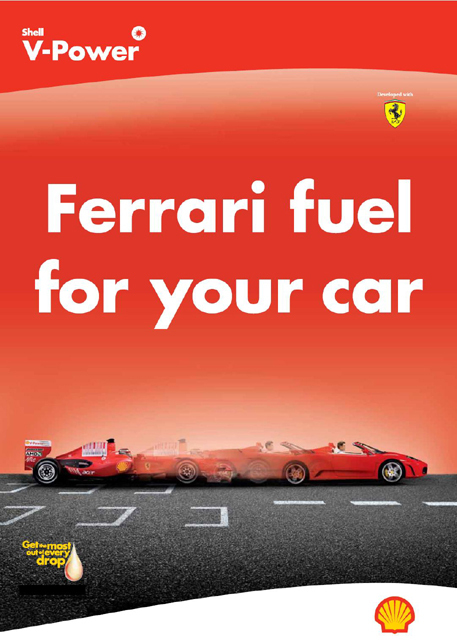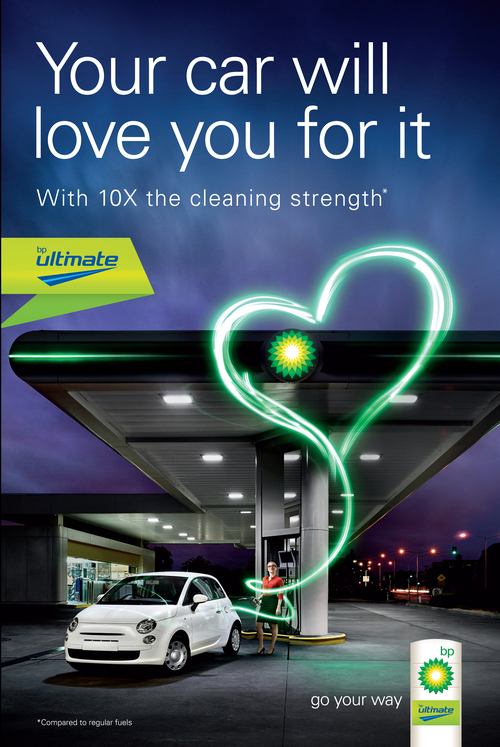Should I use premium petrol in my car?
Let’s cut through all the BS surrounding octane rating, and figure out the cheapest fuel for your car.
Engines are designed around using a minimum octane rating. You should not use a fuel with a rating below that minimum - because that can damage the engine. But exceeding the minimum octane rating does not help in any way - and it certainly costs you a lot more money.
Above: The simple, three-step plan for minimising fuel costs (click to enlarge)
Here's the fuel-based cost-cutting plan (infographic, right):
Use the owner's manual (or go online) and look up the fuel specification for your engine. (This information is also on a sticker inside the fuel filler flap in most vehicles.)
Identify the minimum required octane rating for your engine. (In Australia: if the sticker says 'unleaded fuel only' it means '91'. If it say's 'premium unleaded fuel only' it means 95. And if it references 98 only, it means 98. Most modern cars that run on 91 will also happily consume e10.)
Never wait until the fuel light comes on. If you do, you're at the mercy of the prevailing price. Keep your eye out for lower-than-normal fuel prices when the needle touches the half full mark ... and then capitalise on any downward price movements over the next few hundred kilometres.
VIDEO TRANSCRIPT
Petrol … gasoline in North America ... very confusing stuff. Obviously, your car needs it, otherwise it’s just a modern art masterpiece stopped at the roadside. And every time you buy it you must contend with the 47 different flavours of fuel available at the pump (without actually tasting any of them, if you know what’s good for you). There are all the different brand names - V-Power, Vortex, Ultimate, et cetera. And then there’s the octane rating. If you’re not an industrial chemist or an engineer choosing the right fuel can be real brain bender.
It kicks: Really? The fuel industry has been spraying hokum like this for donkey's years. (In this case, literally.)
CRITICAL QUESTIONS
Will high-octane fuel make your car go better? Will it run more economically? More smoothly? Cleaner? Or any combination of those things?
No.
Unequivocally, no. If your car is not designed to run high octane petrol, tipping it in won't help, and it will just waste your money.
THE FUEL INDUSTRY
Fuel industry claims about high octane gasoline are almost entirely bullshit, and the bits that aren’t bullshit are almost entirely over-blown marketing hyperbole. If you need high-octane gas, you need it. If you don’t, it’s just a waste of money.
The brand names of fuel are almost entirely hokum, too. In Australia, most of the petrol is actually imported from mega-refineries in Singapore in humungous ships, and the branding of that fuel is an entirely artificial exercise that takes place only at the point of sale.
Almost everything fuel companies tell you about their brand of gasoline is either grossly overstated, or else outright bullshit. Especially advertisements promoting the purported benefits of premium petrol to most drivers, who really don’t need it. Brand A gasoline is just as good as brand B gasoline because it’s the same gasoline. It came here in the same big tank, on the same big ship.
OCTANE RATING
The number is really all that matters - the octane rating. Here in Australia we have 91, 95 and 98-octane gasoline, and other countries are different … marginally.
We also have e10, which is up to 10 per cent ethanol, and because the ethanol’s an octane booster, it’s up to about 94 octane. It’s not always 10 per cent ethanol (it can be less), but it’s never more than 10 per cent ethanol.
OCTANE BOOSTERS
Plenty of other chemicals besides ethanol boost octane rating. Most of them are very bad for you, like toluene.
In the bad old days, of course, we all used tetra-ethyl lead, which was an excellent octane enhancer for gasoline, and a great upper cylinder head lubricant as well. And it was cheap. It did the job. Good times. The cumulative neurotoxicity of tetra-ethyl lead was kind of a problem, however.
And that’s why we boned tetra-ethyl lead between about 1986 and 2000. We use methyl tert-butyl ether and methly-cyclo-penta-dienyl manganese tri-carbonyl now. (Try saying that with a few beers on board.) Nostalgically enough, though, in China, good, old-style, home cooked, neurotoxic tetra ethyl lead is still apparently being manufactured.
WHAT OCTANE RATING MEANS INSIDE YOUR ENGINE
People think high octane fuel has more energy, gives you more power, makes your engine run better or cleaner, but really it doesn’t. Here’s ‘how internal combustion engines work, for dummies’.
These are four-stroke engines - the four strokes take two revolutions of the crank, about half a rev each. Or, about five milliseconds per stroke, at 6000rpm. So, blink, and you’ll miss about 20 strokes… These are very fast phenomena.
Inlet, compression, ignition and exhaust: the four strokes. That’s how they teach it. But I prefer suck, squeeze, bang and blow. Because that’s what the engine does. Suck in fuel and air, squeeze it as hard as possible, make it go ‘bang’ and then blow it out the exhaust pipe.
Squeezing the fuel/air mix is a real problem, because of the inherent compromise. In practice your basic engineering dude wants to squeeze the fuel-air mixture as hard as possible. Squeezing hard is good because then the expansion (when it bangs) occurs through a greater range, and that delivers fundamental thermal efficiency. (It’s why diesel is more efficient than petrol - because the compression is higher.)
But gasoline has a problem: if you squeeze it too hard, it starts to burn spontaneously. It goes off half-cocked, and it burns too early, before the piston is in prime position to be thrust down the bore and deliver all that useful work to the powertrain. So the piston wants to move one way, and the early expansion - sorry: ‘bang’ - is pushing it the other way, counterproductively. If that happens, the engine is ‘knocking’ or ‘pinging’ - you’ve probably heard of that. It’s bad.
COMPRESSION TOLERANCE
Octane rating is really an index of a fuel’s resistance to burning spontaneously - also called 'auto-ignition' - when you squeeze the crap out of it in an engine.
Everything in life is a compromise. If you’re a carmaker and you pump up the compression, the engine does go better - does more with the same weight of fuel - but you get to a point where you’ll need high octane gasoline so that the fuel can tolerate the squeeze without a premature bang causing the engine to knock and playing havoc on the millisecond scale of the time domain.
People think it’s the high octane fuel that delivers the performance, but it’s really the engine’s compression delivering that performance. The high octane fuel just tolerates the squeeze, allowing the engine to do its thermodynamic voodoo: You know, the G-rated sucking, squeezing, banging and blowing. But especially the squeezing. That’s the key.
PETROLEUM CHEMISTRY ... FOR DUMMIES
Gasoline approximates a chemical you’ve heard of, also called octane (eight carbon atoms and 18 hydrogens in a nice little daisy chain), but really it’s a cocktail of dozens of different hydrocarbons lazing around the pool together, which, collectively, act kinda like octane.
There’s hexane and heptane and nonane and decane in there, and some of them are straightforward, while others are the deformed, twisted freaks of the carbon chemistry world. It’s a tongue-twisting melting pot of Salt Lake City-style mixed marriages in yo’ fuel tank. The pope would not approve - and he’s infallible.
ISO-OCTANE
There’s a particular chemical called ‘iso-octane’ - which is really the flavour of octane combustion engineers love, called more properly 2,2,4 tri-methyl-pentane, and without drilling right down into it, 95-octane petrol resists knock/tolerates compression the same as 95 per cent iso-octane with the remaining five per cent topped off with heptane. Et cetera, for 98 and 91 - whatever.
They test it in a special standardised test engine. So, octane rating is really a percentage of the real thing - but it can also be greater than 100 because there are fuels capable of resisting knock better than 100 per cent iso-octane. Anyway, that’s what the number means. It’s a knock-resistance percentage.
THE DIFFERENT OCTANE RATING FLAVOURS
There’s two main kinds of octane ratings, and they’ve had several children out of wedlock. Of course. After all, why use only one octane rating, when 15 would do? Research octane number, or RON, and motor octane number, MON, are the Adam and Eve of knock-resistance numbers. They’re just different test protocols - different revs, pre-heated fuel in MON, and variable ignition timing, too - to stress the mixture even more. And that means a RON rating is likely to be 10-12 points above a MON rating - for the same knock resistance.
Here in Australia, and across the ditch in New Zealand, as well as in most of Europe, they use RON, but in the United States, Canada and Brazil, they use an average of RON and MON, called the ‘anti-knock index’, or AKI. So, AKI = (RON + MON)/2. Sometimes it’s also called the PON, or ‘posted octane number’. There’s also a RdON or Road Octane Number - tested out there on the road in multi-cylinder engines. So, the bottom line is: 95 octane in Australia is about the same as 90 in the US and Canada. Different standards are in play for the same performance, in different markets.
This is something I really hate about the automotive industry. How hard would it be just to have a meeting, and then decide just to use RON from now on? For the good of humanity.
WHICH FUEL SHOULD YOU USE?
The biggest issue for drivers is: Which fuel should you put in your car?
And the answer is: The minimum octane rating recommended by the manufacturer. Obviously this is because if you tip an octane rating less than that which the engine is designed for, it’ll knock. (Too much squeeze.) And then one of two things will happen: The engine will get damaged, compose a letter to its solicitors, habeus the crap out of your corpus, and then hand you a bill you can’t jump over. That’s bad.
The other thing that could happen, in a modern engine with a knock sensor, is: it’ll protect itself by retarding the timing, and the engine will run like a dead dingo’s donger as a result. But at least it won’t knock. So that’s something.
KNOCK SENSORS
Knock sensors are these tiny piezo-electric microphones mounted in the engine. They listen continuously for knock. It’s all they do, every second the engine is running. In practice, modern engines are in a kind of groundhog day loop that advances the timing to the point of incipient knock, and then pulls back the timing, repeat, a billion times every second. A billion. Maybe not quite that much. Chief, would you believe a few hundred? Anyway, a lot. So they just start to knock, pull back, advance, just start to knock, pull back, advance … over and over and over. For eternity.
GOING HIGH
So, if you put in some fuel with an octane rating that’s higher than the minimum, the knock sensor might be able to give you slightly more advance on the ignition timing in some situations, and you might get slightly more performance as a consequence. Keyword here: slightly. Like dropping down from 150kg to 149. You’ve lost weight, slightly. Congratulations. But don’t start worrying about bulimia just yet. Or good health.
As for this ‘slightly’ performance increase, you’ll never feel it, and good luck measuring it. You won’t get a fundamental, tangible, significant performance or efficiency increase because the compression of the engine is unchanged, and that’s really where the big gains come from with fuel. The 50 Shades of Grey squeeze. But at least you’ll never damage the engine by putting in a fuel with an octane rating higher than the manufacturer’s recommended minimum. So that’s a silver lining, especially considering it costs you a lot more.
CONCLUSION
Many people fall for the marketing hype here - and fuel companies are very good at pumping up the tyres of their premium gasolines. It’s unprincipled. Most cars don’t benefit from premium. If you drive a BMW M3 that requires 98 Octane fuel, that’s what you need. But if you drive a Toyota Corolla that Toyota says is happy to sip 91, all day long, the expensive stuff is not going to help. It really is that simple.
Crack open the owner’s manual, or go online, and see what the manufacturer recommends as the minimum octane required for your car. And then just tip that in until the day it dies. And buy the kids better presents at Christmas with the money you save.
It’s really easy to save money here, and there’s no tradeoff. This is one of the few cases in life where the minimum required is not merely adequate, but also excellent. Don’t buy premium petrol if you don’t need it.








